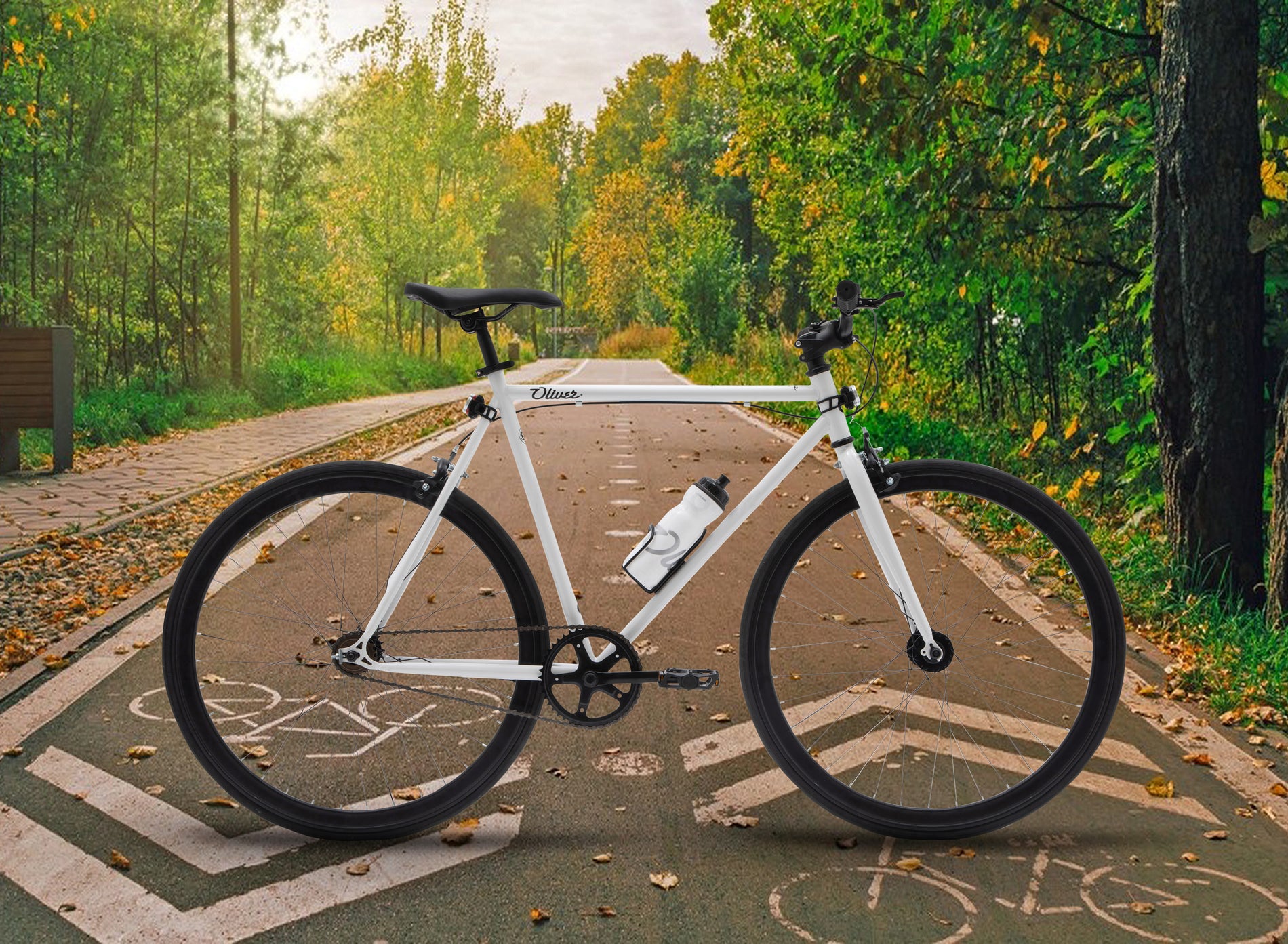Cycling in the Winter
CYCLING IN THE WINTER
As Christmas creeps closer and the festivities begin, so does the chilling windy weather of winter. The thought of riding in ice and snow can be enough to make even the top experienced cyclist think twice before biking to work. Winter weather in Britain especially can be bad enough to make cycling seem impossible. But when we do get snow and ice, it affects us hugely compared to countries that are used to the icy temperatures. We also don’t have the same infrastructure to keep the road clear. Similarly, we aren’t used to cycling (or driving!) on snow and ice, so we’re less likely to have the skills or equipment to make it easier. Below we have listed some tips for cycling in this weather so hopefully you can feel better before you get out on the road.
CHECK THE WEATHER FORECAST
Before you even begin your journey make sure you check the weather forecast. This will be your deciding factor on what you wear, how you prepare and most importantly how bad the threat of ice is. You should always wear a helmet when you ride but make sure you aren’t forgetting this before you set off. If you are commuting to work, chances are you are riding early morning where ice has set overnight so make sure to take extra care on the roads.
ALTER YOUR BIKE TO FIT THE WEATHER
For severe winter, where the temperatures are dropping below freezing, it can be worth investing in studded tyres. These are specially made to grip properly on the ice. You won’t need these all year round but if you store them correctly, they can be used for many years when needed. Some bikes do work better than others on snowy roads. Fixie bikes like our Oliver products offer a means of slowing down with back pressure on the pedals, meaning it’s less likely for the wheel to lock up and slide on the ice.
PREPARING FOR YOUR RIDE
In the summer it’s vital to make sure when riding you are dressed for the weather, such as packing lightweight vests and ensuring you are wearing sun cream as well as staying thoroughly hydrated through your ride. Similarly, in winter weather you want to make sure you are completely wrapped up in gear that will keep you warm. We recommend heavy duty gloves to keep your hands warm and a firm grip on your handlebars. Face coverings are also important when riding in cold temperatures as the winds will be sharp on your face. When it’s cold outside, you burn more calories due to shivering and non-shivering thermogenesis. That means that your need for nutrition increases in the winter. Unfortunately, most of us are less likely to eat because our hunger and thirst responses are often muted in the cold. It’s important to make a nutrition plan for cold rides and stick to it — whether you feel like you need the calories or not. You should always plan and leave your house prepared, more so in the winter before your hands aren’t freezing and you can barely hold a multi-tool.
STAY IN CONTROL
Inevitably, it will take a while for your body, especially your joints and muscles, to warm up properly and adjust to the change in temperature, so don’t burst into a sprint as soon as you leave your house. Your pedals can also become slippery when wet too. If you aren’t comfortable with clip-in pedals, you should invest in some pedals with extra grip. Another tip is to keep an eye on gutters as they will have puddles which will freeze over in the cold temperatures, you’re better off to stay in the centre of the lanes where cars have driven and usually grit has been put down. Snow and ice are particularly hazardous cycling conditions so it’s vital you always stay in full control of your bike, like when you’re driving. If you encounter ice, steer straight, don’t pedal and try not to brake as this could cause you to easily skid and fall.
EMBRACE THE WINTER
Winter is one of the most beautiful seasons of the year, and it’d be a shame to spend the entire thing indoors. To get outside to ride or race in cold weather conditions, remember to dress appropriately, be flexible with when and where you ride, and modify your hydration and nutrition strategies and most importantly, enjoy your ride and, if the conditions are too treacherous, don't be ashamed to put the bike in the shed and head back inside.


